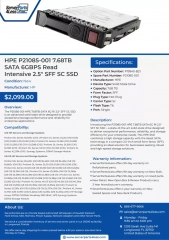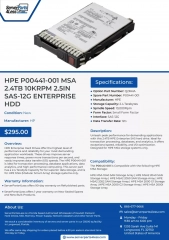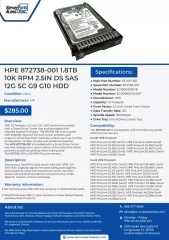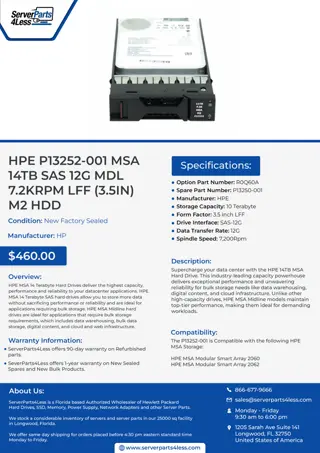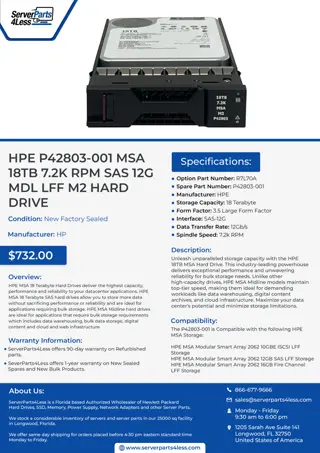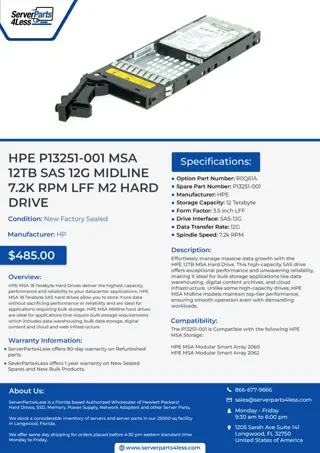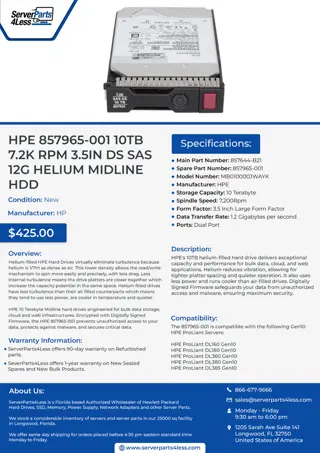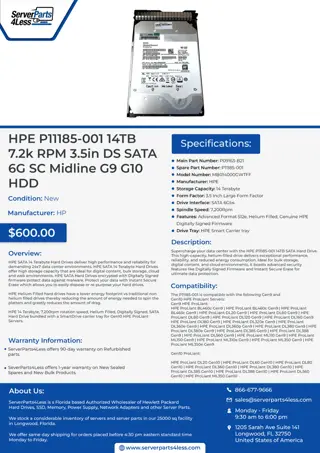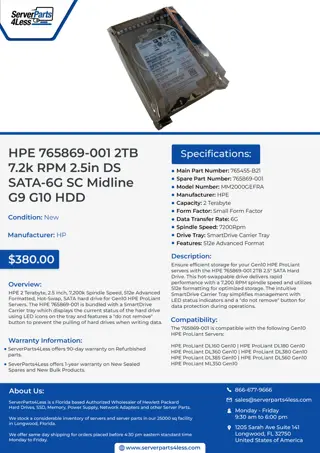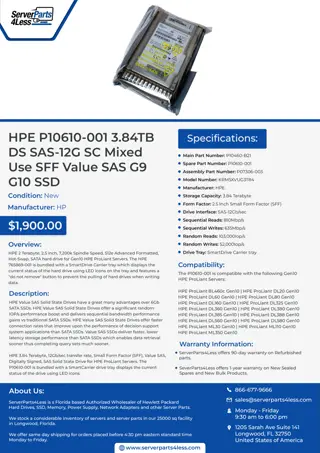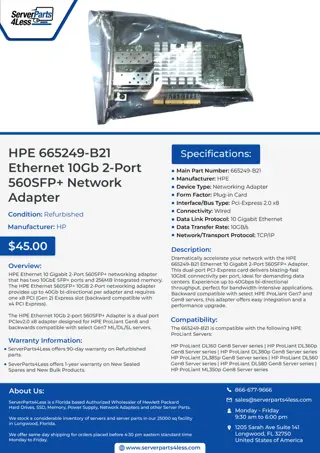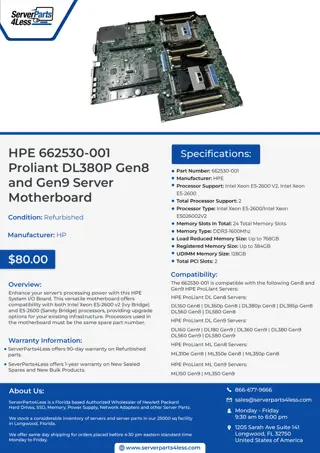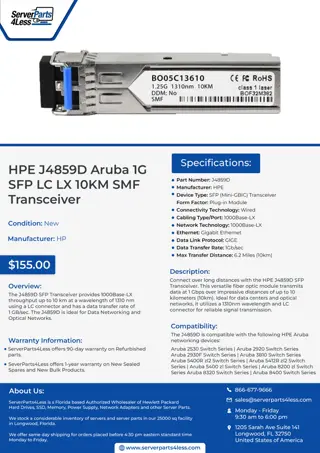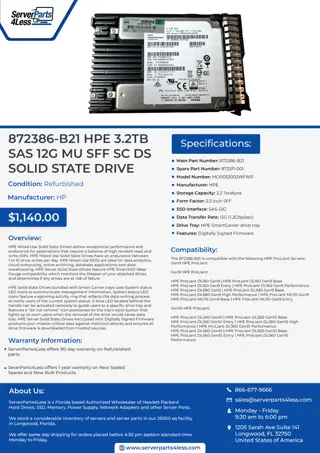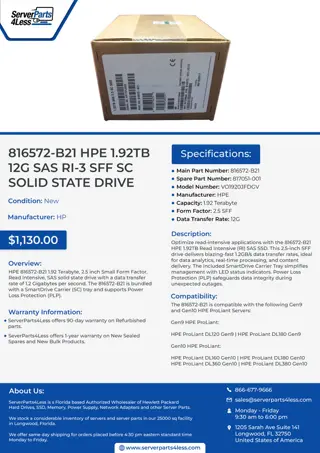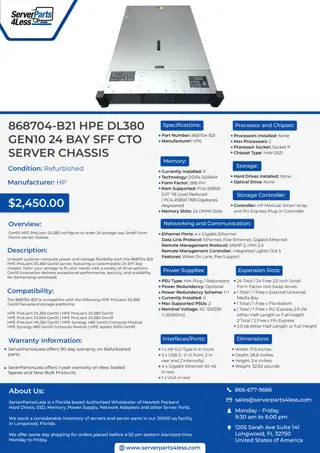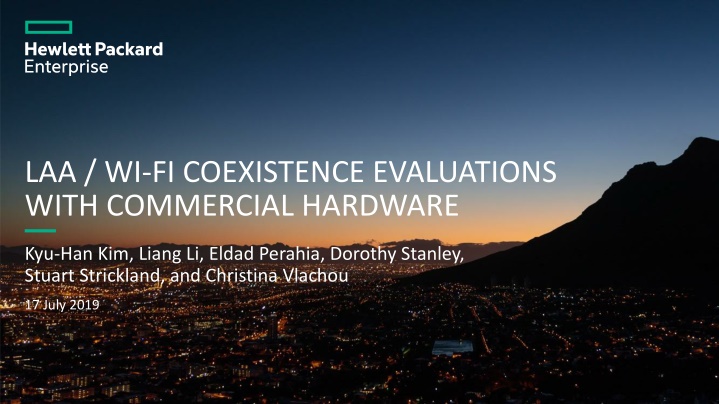
Evaluating LAA-Wi-Fi Coexistence with Commercial Hardware
Explore the coexistence evaluations between Licensed Assisted Access (LAA) and Wi-Fi using commercial hardware. The study includes testbed setup, Wi-Fi clear channel assessment, and scenario analysis, revealing insights on throughput reductions and interference factors.
Download Presentation

Please find below an Image/Link to download the presentation.
The content on the website is provided AS IS for your information and personal use only. It may not be sold, licensed, or shared on other websites without obtaining consent from the author. If you encounter any issues during the download, it is possible that the publisher has removed the file from their server.
You are allowed to download the files provided on this website for personal or commercial use, subject to the condition that they are used lawfully. All files are the property of their respective owners.
The content on the website is provided AS IS for your information and personal use only. It may not be sold, licensed, or shared on other websites without obtaining consent from the author.
E N D
Presentation Transcript
LAA / WI-FI COEXISTENCE EVALUATIONS WITH COMMERCIAL HARDWARE Kyu-Han Kim, Liang Li, Eldad Perahia, Dorothy Stanley, Stuart Strickland, and Christina Vlachou 17 July 2019
COEXISTENCE TESTBED LAA eNodeB Commercially available LAA base station controlled using OpenEPC Dual radio: one licensed primary and one unlicensed secondary cell Compliant with 3GPP Release 13 with primary cell carrying uplink and control plane traffic in a single 20MHz channel of licensed spectrum and secondary cell carrying downlink traffic in a single 20MHz channel of Band 46 (5GHz) Secondary cell implements listen-before-talk (LBT) per 3GPP specification with Energy Detect (ED) threshold of -72dBm and maximum Transmit Opportunity (TXOP) duration of 8ms Wi-Fi Access Point 802.11ac access point configured to operate in a single 20MHz channel of unlicensed 5GHz spectrum Implements Clear Channel Assessment (CCA) per IEEE 802.11 specification with ED threshold of -62dBm, Preamble Detect (PD) threshold of -82dBm, and TXOP duration of < 2.528ms as specified for best effort traffic Client Devices Samsung Galaxy Note8 supporting 802.11ac and LAA in a single 20MHz channel of Band 46 as specified in 3GPP Release 13 Separate client devices dedicated to LAA and Wi-Fi Traffic Models & Procedure Full-buffer UDP traffic generated by iPerf for both Wi-Fi and LAA. Youtube video traffic for LAA in real traffic scenario Throughput measured across several scenarios in which the LAA and Wi-Fi system were audible to each other above and below their respective LBT thresholds and maximum TXOP times were varied
WI-FI CLEAR CHANNEL ASSESSMENT Interferer Signal Strength Wi-Fi systems base assessment of channel availability using a two-tiered method, detecting energy from any source and detecting preambles specific to Wi-Fi Both LAA and other Wi-Fi transmissions are detected and deferred to by a Wi-Fi system if energy is detected at levels greater than -62dBm* Other Wi-Fi transmissions are detected and deferred to if their preambles are detected at levels greater than -82dBm* LAA transmissions received at levels below -62dBm and Wi-Fi transmissions received at levels below -82dBm are effectively hidden nodes creating unmitigated interference with a Wi-Fi system No hidden terminals -62dBm (ED) LAA hidden terminals -82dBm (PD) LAA and Wi-Fi hidden terminals *20MHz bandwidth
SCENARIO 1: LAA ABOVE WI-FI ED THRESHOLD Interferer Signal Strength LAA eNB and Wi-Fi AP in close proximity to each other and their respective clients Results collected for LAA TXOP of 8ms and 4ms and Wi-Fi TXOP of ~2.5ms Wi-Fi throughput reduced by 63% when LAA TXOP = 8ms and by 34% when LAA TXOP = 4ms Wi-Fi MCS and SFER were not affected by collisions, suggesting that reduction in throughput is due to TXOP differences -62dBm (ED) -82dBm (PD) LAA TXOP: 8ms LAA TXOP: 4ms *20MHz bandwidth
SCENARIO 2: LAA & WI-FI BELOW ED THRESHOLDS Interferer Signal Strength eNB and all APs set to 13dBm Tx power and separated by 38ft such that all nodes were visible to each other at levels below their ED thresholds and above the Wi-Fi PD threshold of -82dBm Wi-Fi SFER raised significantly by collisions with LAA and throughput impacted more severely by LAA than by Wi-Fi due to interference from hidden LAA nodes -72dBm (ED) -82dBm (PD) Impact of Wi-Fi on Wi-Fi Impact of LAA on Wi-Fi *20MHz bandwidth
SCENARIO 3: REAL TRAFFIC ABOVE AND BELOW WI-FI ED Interferer Signal Strength Question: How does LAA affect Wi-Fi during actual use? LAA client continuously streaming YouTube video at 1440p throughout a 180s test session Wi-Fi system loaded with full buffer UDP traffic Results: Wi-Fi performance suffers more when LAA is below its ED threshold, with frequent disconnects and points at which throughput drops below 1Mbps -62dBm (ED) -82dBm (PD) LAA Above Wi-Fi ED LAA Below Wi-Fi ED *20MHz bandwidth
CONCLUSIONS & RECOMMENDATIONS OBSERVATIONS Under common deployment scenarios, LAA can significantly degrade Wi-Fi performance Above Wi-Fi ED, LAA can degrade Wi-Fi more than would another Wi-Fi system due to differences in TXOP duration Below Wi-Fi ED, interference from hidden LAA nodes significantly degrades Wi-Fi performance In the presence of streaming LAA connections below Wi-Fi ED, Wi-Fi suffers from continuous performance degradation and frequent disconnections RECOMMENDATIONS 802.11 systems should adopt TXOP limits aligned with those of 3GPP systems operating in unlicensed spectrum to avoid unfairly disadvantaging Wi-Fi 802.11 and and 3GPP systems operating in unlicensed spectrum should establish a common preamble to interference from hidden nodes

